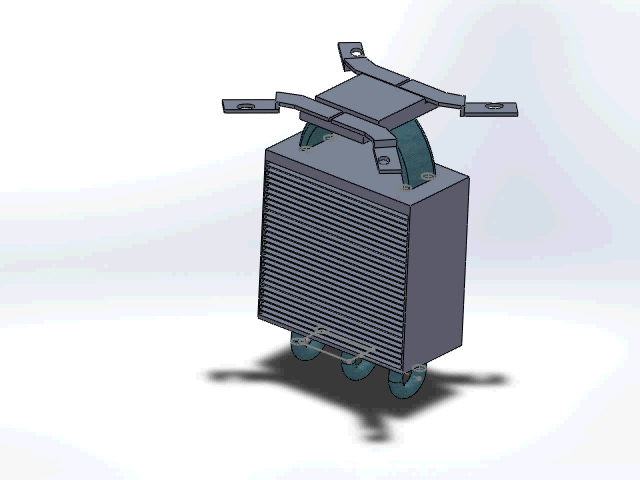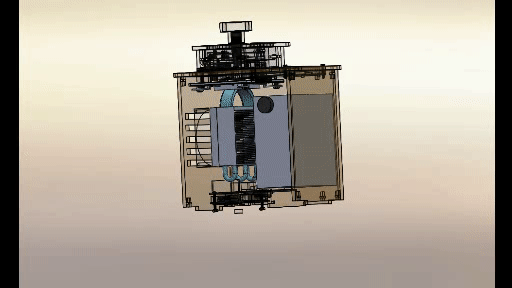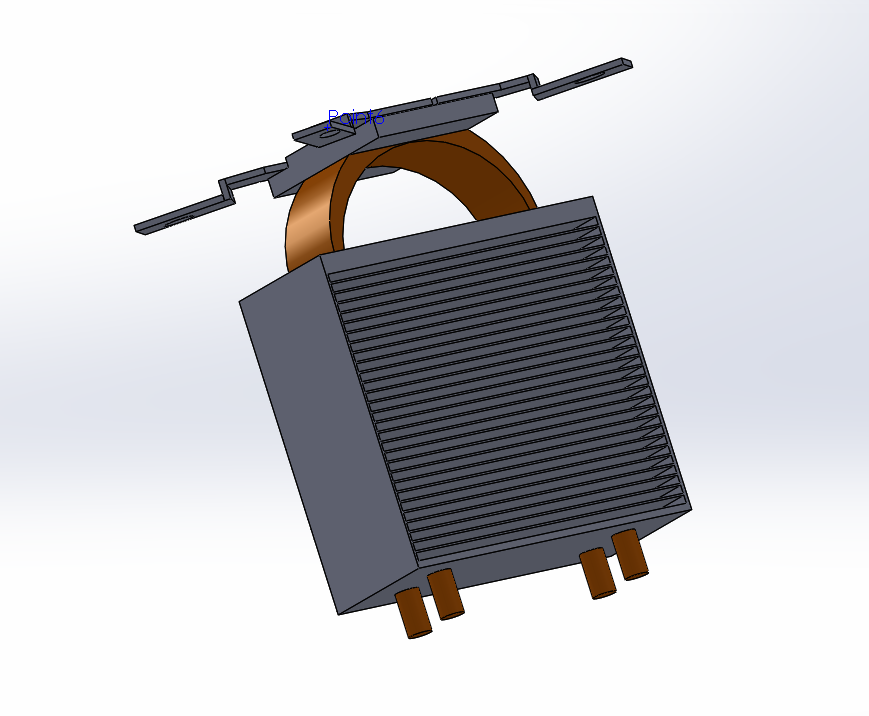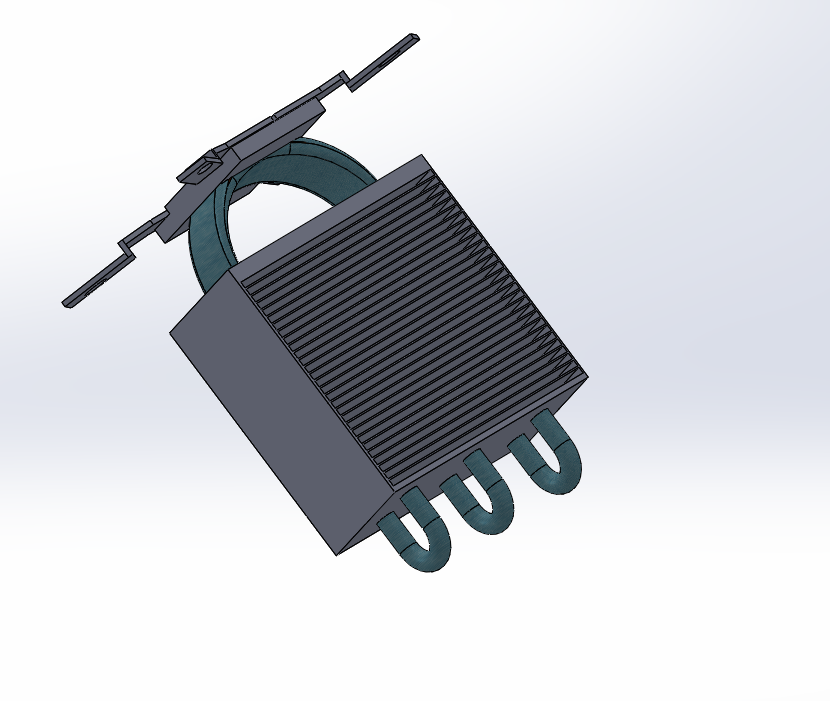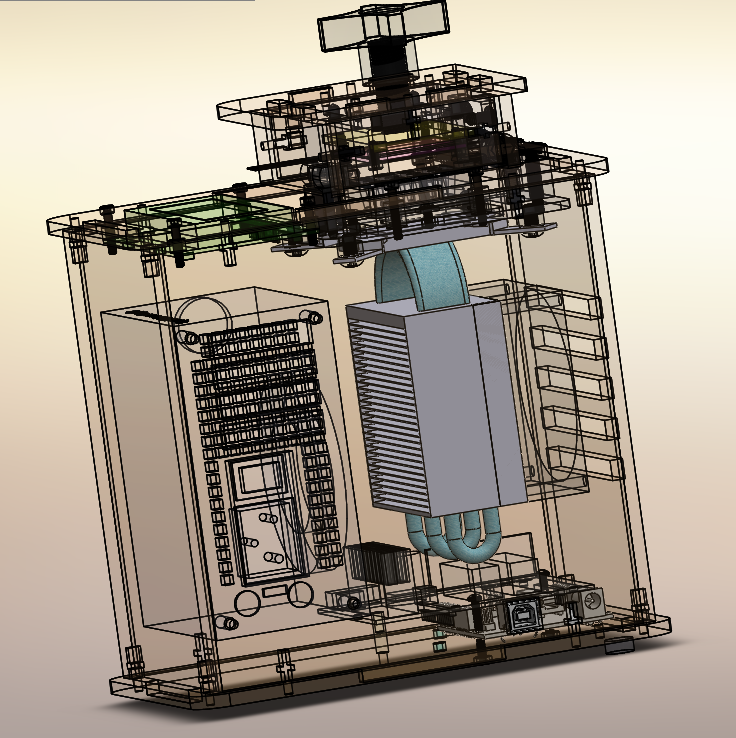BME100 f2016:Group11 W1030AM L6
| Home People Lab Write-Up 1 | Lab Write-Up 2 | Lab Write-Up 3 Lab Write-Up 4 | Lab Write-Up 5 | Lab Write-Up 6 Course Logistics For Instructors Photos Wiki Editing Help | ||||||
|
Banana Nation
gPCR LAB 6 WRITE-UPBayesian StatisticsOverview of the Original Diagnosis System Our class used 15 teams, each consisting of 6 students, each diagnosed 30 patients. Three samples were taken from every patient, in an attempt to reduce error, and tested within the PCR machine. The patient's samples were compared to two control groups: one containing the SNP disease and one without it. The software used to compare thee samples, ImageJ, had controls in order to reduce the error within the diagnostic process. It included samples of purified water and a sample with an excess of SYBR Green. We also took 3 pictures for use in ImageJ's analysis software in order to ensure accuracy. The PCR test results came back as either positive, negative, or inconclusive. Our class had a total of 78 PCRs taken, where 23 were tested positively, 47 were negative, 4 were inconclusive, and 4 came back blank. When applying this to the 30 patients, 7 were positive, 16 were negative, 3 were inconclusive, and 4 were left blank. Errors that occurred throughout the class may have included failure to transfer ever droplet of the samples into the PCR tubes, or incorrect use of ImageJ. What Bayes Statistics Imply about This Diagnostic Approach
Intro to Computer-Aided Design3D Modeling Our team used SolidWorks in order to make the necessary changes. SolidWorks from the onset is a very powerful program and allows a great deal of flexibility and freedom when it comes to eats capabilities. However, it seems to have a fairly large learning curve. In SolidWorks, like any design class, seems to have design fundamentals that need to be followed in order to make full use of the program. Furthermore, it's difficult to find any real help online as the everyone's questions are very specific and broad when it comes to the projects each individual is working on further reiterating the need to learn the fundamentals of SolidWorks as a tool in an a BME's skillset. Our Design
New PCR Machine with New Cooling Component: We chose this new design due to the increased cooling and control of temperature we would gain from a liquid-cooled device. The original OpenPCR design used a Copper heat sink with a fan. This design with liquid cooled tubing to allow for an even transfer of heat.
Feature 1: ConsumablesgPCR kit includes:
Feature 2: Hardware - PCR Machine & FluorimeterIn order to better transition the temperature changes in the PCR machine, we've decided to add two new components to the existing concept. First, in order to significantly decrease the amount of time the reaction cools down inbetween cycles, we've integrated a water cooling system to the component where the reaction takes place. Water cooling is a technique used to regulate temperature in machines, particularly computers. Water cooling will also compliment the heat sink and fan by removing heat from the system. Furthermore, we've implemented insulation barriers around the thermocycler. Insulators help trap heat in the thermocyclers, ensuring that heat doesnt escape from the system, and that reactions stay closer to the temperature they need to be at.
| ||||||





